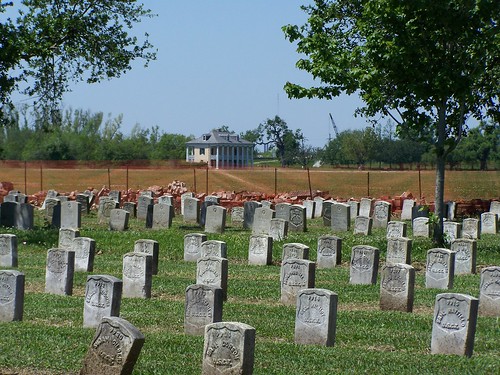Living Near a Graveyard: Understanding the Impact of Flood Damage on Your Home and the Graveyard
Shanna Riley March 12th, 2010
Living near a graveyard can evoke a range of emotions, from curiosity to superstition, but one aspect that often goes unnoticed is the potential impact of flood damage on both the graveyard and nearby homes. As floods become increasingly common due to climate change, understanding the implications of water damage is essential for homeowners residing in close proximity to graveyards.
Graveyards are often situated in low-lying areas, making them vulnerable to flooding during heavy rainfall or rising water levels. When floods occur, the consequences can be devastating, not only for the gravesites themselves but also for nearby properties, including homes. Water damage from floods can have far-reaching effects, affecting both the structural integrity of buildings and the preservation of grave markers and monuments.
For homeowners living near graveyards, flood damage presents a unique set of challenges. Not only do they have to contend with the potential damage to their homes and belongings, but they also face the emotional impact of seeing the final resting places of loved ones affected by flooding. In addition, flood damage can compromise the stability of the ground surrounding the graveyard, posing safety risks for both visitors and nearby residents.
One of the primary concerns associated with flood damage near graveyards is the potential for soil erosion and subsidence. As floodwaters inundate the area, they can erode the soil around gravesites, leading to destabilization and potential collapse of grave markers and monuments. This not only damages the integrity of the graveyard but also poses risks to nearby properties, as unstable ground can affect the stability of foundations and structures.
Furthermore, flood damage can compromise the structural integrity of homes, leading to costly repairs and disruptions to daily life. Water intrusion can cause damage to walls, floors, and electrical systems, as well as promote the growth of mold and mildew, posing health risks to occupants. In severe cases, flooding can render homes uninhabitable, forcing residents to seek temporary shelter elsewhere.
To mitigate the impact of flood damage on both graveyards and nearby homes, proactive measures must be taken. This includes implementing flood mitigation strategies such as improving drainage systems, raising ground levels, and installing flood barriers. Finding help from experts like Water restoration Sacramento is a good idea as well. Additionally, homeowners should invest in flood insurance to provide financial protection in the event of flood damage.
In conclusion, living near a graveyard comes with its own set of challenges, particularly when it comes to mitigating the impact of flood damage. By understanding the implications of water damage on both the graveyard and nearby properties, homeowners can take proactive steps to protect their homes and preserve the integrity of the final resting places of loved ones. Whether through flood mitigation measures or investing in flood insurance, prioritizing flood preparedness is essential for safeguarding against the unpredictable nature of flooding and ensuring the safety and well-being of both residents and the surrounding community.

